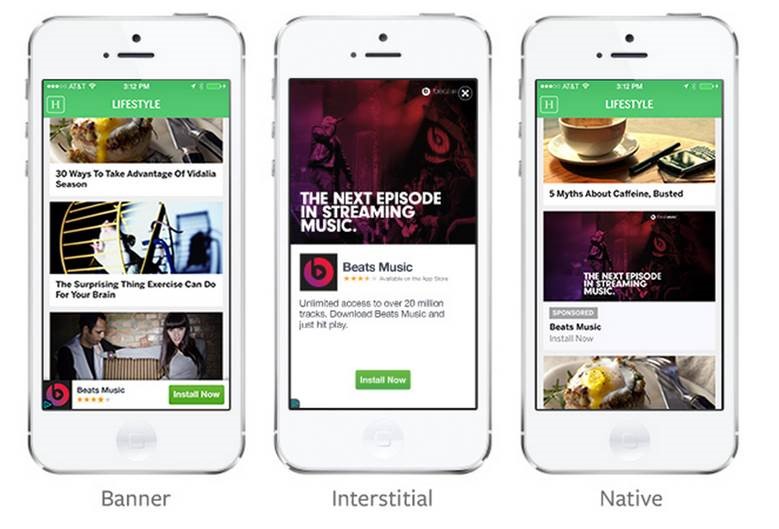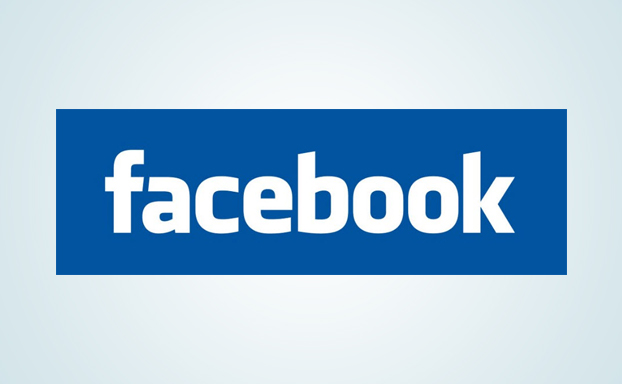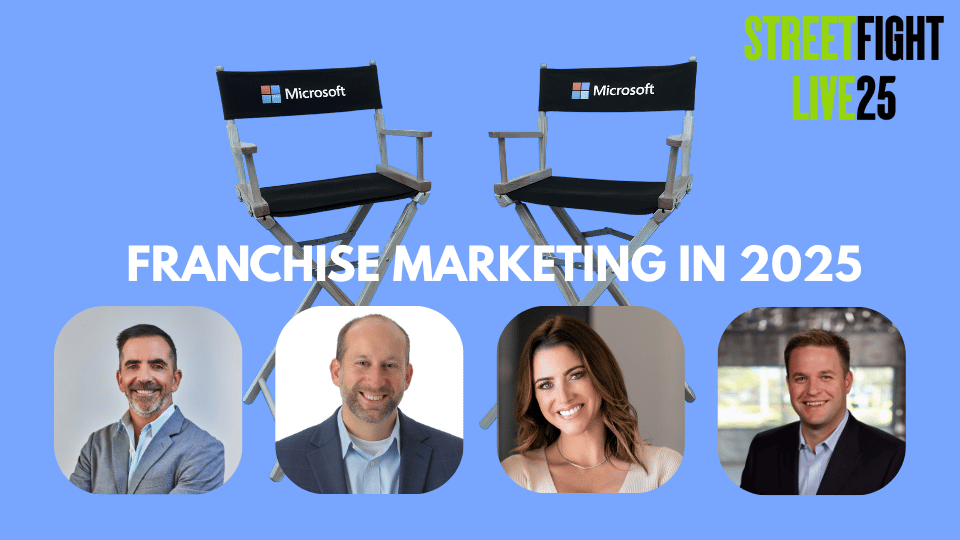Facebook will share performance metrics with app publishers of ads placed by Facebook’s Audience Network service according to AdAge. Audience Network is Facebook’s ad network that displays ads in third-party apps.
The performance information will help app publishers pinpoint the most effective ad placement and styles so that they in turn can help improve overall ad performance for advertisers. It’s a win-win for everyone — advertisers get better results and both app publishers and FB get higher volume and higher prices for publishing high-performance ads.
Audience Network was launched last year as a way to leverage the profile data FB stores on its users and extend the inventory it can sell. While FB has 1.5 million advertisers, it felt there was a saturation point that would degrade its social media platform’s user experience. i.e. users aren’t interested in seeing more ads on their news feeds.
By integrating FB’s software development kit (SDK) into an app, ads served by FB can be displayed within the publisher’s own app in three different formats. Expanding where ads can be placed outside of its own social media app greatly increases FB’s ad space inventory.
Ad Formats Available Via Facebook’s Audience Network

Facebook is also able help advertisers leverage existing FB ads. Audience Network uses the same ads that are created for use in FB’s social media app so no new creative is needed. Further, the ads are targeted in the same way and using the same data as ads in FB’s app. In other words, when a user has a FB app and a third party app on their device, FB can use data collected about that user such as interests, location, demographics, and likes to serve up targeted ads in the third-party apps.
So the new performance data being shared will allow app publishers to determine, for instance, that native ads in the middle of the screen perform better than those at the bottom. Or a pop up ad after a game level is completed gets more action than one before the level starts. The data being shared also goes beyond just clicks. FB is focused on performance data that matter such as app downloads or sales.
It seems like a model that will be highly successful and the numbers that FB released support that projection. FB reported that native ads on its Network Audience resulted in returns seven times greater than regular banners. Music app developer Shazam reported a 37% increase in ad revenue. Walgreens improved CTR’s by 4 or 5 times. And HarperCollins increased ad impressions by 16%.
Given FB’s huge user base of over 1 billion, this expansion of the ad network and its success for advertisers could be a game changer in the industry. And it will be interesting to see whether there are other platforms where FB might reach next.



